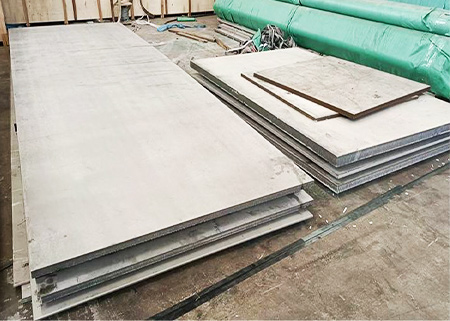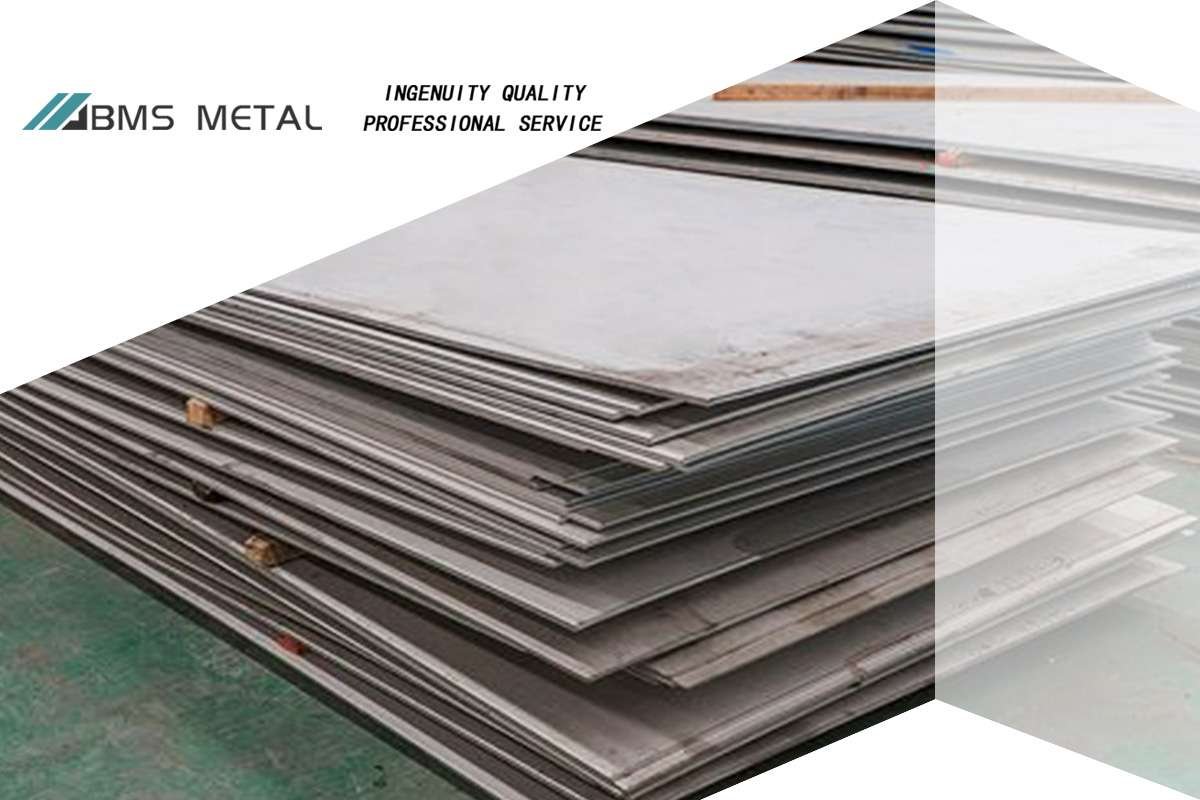Introduction
Effective Surface Cleaning Techniques

Required Materials
- Neutral cleaning agents
- Soft cloths
- Water
- Buckets
- Gloves
Preparation
Safety First: Wear gloves to protect your hands from cleaning agents.
Dilution: Prepare a cleaning solution by diluting the neutral cleaning agent with water according to the manufacturer’s instructions.
Test Spot: Test the cleaning solution on a small, inconspicuous area of the stainless steel sheet to ensure it does not cause any discoloration or damage.
Cleaning Process
Surface Inspection: Inspect the stainless steel sheet for any visible dirt, grease, or debris.
- Initial Wipe: Use a soft cloth dipped in the cleaning solution to gently wipe the surface. Start from the top and work your way down to ensure an even clean.
- Rinsing: Rinse the cloth in clean water frequently to avoid spreading dirt or contaminants across the surface.
- Drying: After wiping down the entire surface, use a clean, dry soft cloth to remove any remaining moisture and prevent water spots.
Required Materials
- Specialized cleaning agents (compliant with national standards)
- Soft brushes or sponges
- Water
- Buckets
- Gloves
Preparation
Safety First: Wear gloves and ensure good ventilation if using specialized cleaning agents.
Selection of Agent: Choose a cleaning agent designed for stainless steel and check its composition and pH value to ensure compatibility.
Test Spot: Similar to conventional cleaning, test the specialized cleaning agent on a small area first.
Cleaning Process
Surface Inspection: Identify the areas with stubborn stains or special contamination.
Application: Apply the specialized cleaning agent directly onto the stained areas. Follow the manufacturer’s instructions for the amount to use and any necessary dilution.
Scrubbing: Use a soft brush or sponge to gently scrub the affected areas. Avoid using hard brushes or abrasive materials to prevent scratching.
Rinsing: Thoroughly rinse the cleaned areas with water to remove any residue from the cleaning agent.
Drying: Use a clean, dry soft cloth to wipe the surface, ensuring it is completely dry to prevent water spots or streaks.
Final Check
Inspection: After cleaning, inspect the stainless steel sheet for any missed spots or remaining stains.
Repeat if Necessary: If stubborn stains persist, repeat the application and scrubbing process with the specialized cleaning agent until the surface is clean.
By following these detailed steps and using the right materials, you can effectively clean and maintain the appearance and integrity of stainless steel sheets in construction applications.
Regular Maintenance Practices
Surface Protection Measures
Protect the surface of stainless steel sheets from contamination and corrosion by applying protective films, using dust covers, or installing sunshades. Ensure the protective films meet relevant standards to maintain surface quality and corrosion resistance.
Selection and Use of Cleaning Agents
Choose suitable cleaning agents based on the material and surface condition of the stainless steel sheet. Follow the manufacturer’s instructions for proper usage and dilution, avoiding overuse or improper application.
Repairing Surface Scratches and Damage
Minor and Major Repairs
For minor scratches, use specialized stainless steel sheet repair compounds. For deeper scratches or damage, local replacement or repair may be necessary. Ensure the repair process adheres to national standards to retain the performance and appearance of the original material.

Rust Prevention and Avoidance
Rust Prevention Treatment
Apply rust inhibitors, electrochemical rust prevention, or heat treatment to extend the service life of stainless steel sheets. Ensure these treatments meet national standards for excellent corrosion resistance.
Avoiding Contact with Other Metals
To prevent electrochemical reactions and corrosion, avoid direct contact between stainless steel sheets and other metals during use and storage.
Environmental Considerations
Avoiding Abrasives and Hard Tools
Use soft cloths or sponges with neutral cleaning agents to clean stainless steel sheets, avoiding abrasives and hard cleaning tools to prevent surface scratches.
Managing Exposure to Extreme Conditions
Avoid prolonged exposure to acidic, alkaline, high-temperature, or humid environments to maintain the strength, toughness, and corrosion resistance of stainless steel sheets. Implement appropriate protective measures if exposure is unavoidable.
In conclusion, the key to maintaining stainless steel sheets in construction involves effective cleaning, regular maintenance, proper repair, rust prevention, and careful environmental management. Following these essential tips will ensure the longevity and performance of stainless steel sheets, meeting all relevant standards and requirements.
